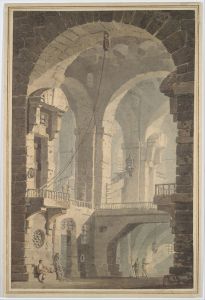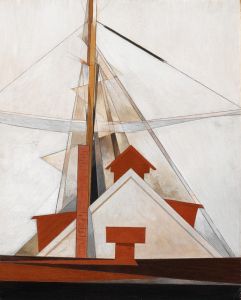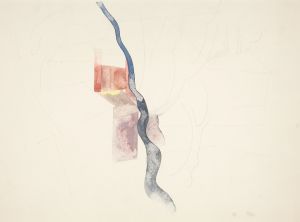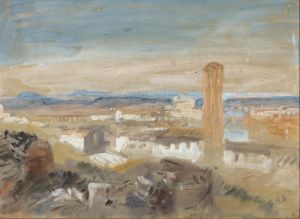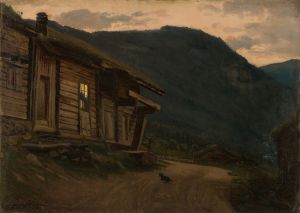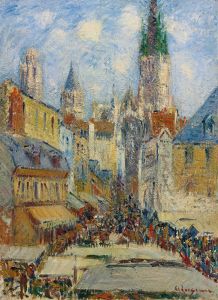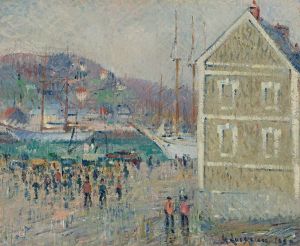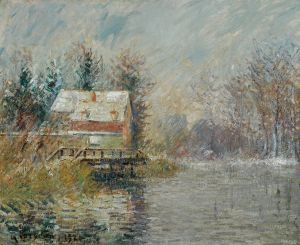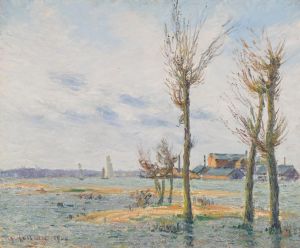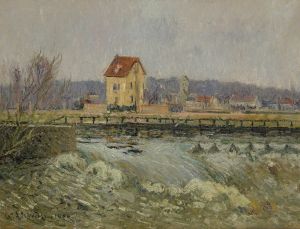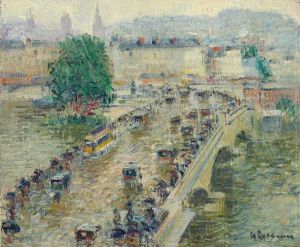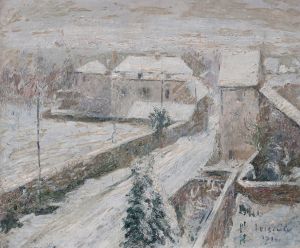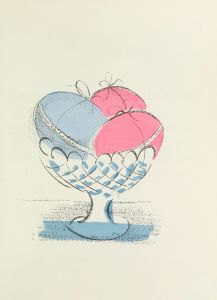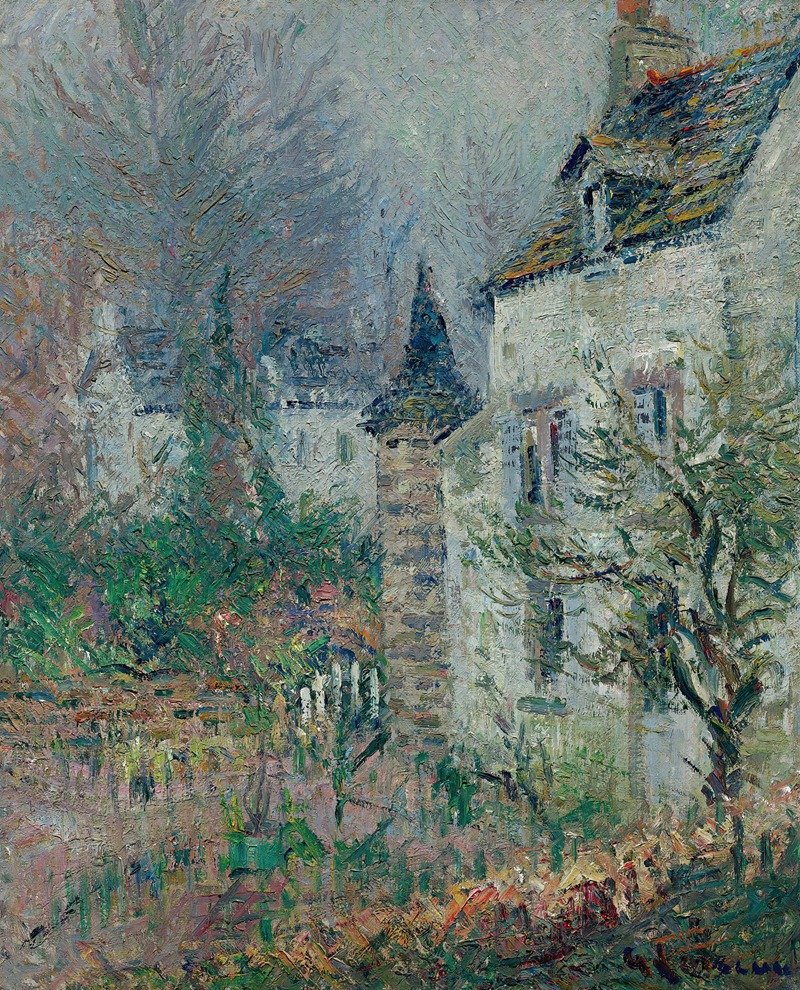
La Maison De Juge, Pont-Aven
A hand-painted replica of Gustave Loiseau’s masterpiece La Maison De Juge, Pont-Aven, meticulously crafted by professional artists to capture the true essence of the original. Each piece is created with museum-quality canvas and rare mineral pigments, carefully painted by experienced artists with delicate brushstrokes and rich, layered colors to perfectly recreate the texture of the original artwork. Unlike machine-printed reproductions, this hand-painted version brings the painting to life, infused with the artist’s emotions and skill in every stroke. Whether for personal collection or home decoration, it instantly elevates the artistic atmosphere of any space.
Gustave Loiseau was a French Post-Impressionist painter known for his landscapes and scenes of rural life. He was born on October 3, 1865, in Paris, France, and became associated with the Post-Impressionist movement, which sought to extend the boundaries of Impressionism by emphasizing more structured forms and vivid colors. Loiseau is particularly noted for his technique of "en treillis," a cross-hatching method that gave his paintings a distinctive texture and depth.
One of Loiseau's notable works is "La Maison De Juge, Pont-Aven," which translates to "The Judge's House, Pont-Aven." This painting captures a scene from the small town of Pont-Aven in Brittany, a region in northwestern France. Pont-Aven was a popular destination for artists in the late 19th and early 20th centuries, most famously associated with Paul Gauguin and the Pont-Aven School. The town's picturesque landscapes and unique light made it an attractive location for painters seeking inspiration outside the urban environment of Paris.
"La Maison De Juge, Pont-Aven" exemplifies Loiseau's skill in capturing the essence of rural French life. The painting depicts a house, presumably belonging to a judge, set amidst the lush, verdant surroundings typical of the Brittany countryside. Loiseau's use of color and light in this work reflects the influence of Impressionism, yet his structured composition and the textured application of paint indicate his departure from purely Impressionistic techniques.
The painting is characterized by its vibrant palette and the dynamic interplay of light and shadow. Loiseau's brushwork, employing his signature cross-hatching technique, adds a sense of movement and vitality to the scene. This method allows for a rich surface texture, giving the painting a tactile quality that invites viewers to explore its details.
Loiseau's works, including "La Maison De Juge, Pont-Aven," often focus on the changing seasons and the effects of light on the landscape. His paintings capture the transient beauty of nature, a theme that resonates with the broader aims of the Post-Impressionist movement. By focusing on everyday scenes and the natural environment, Loiseau contributed to the movement's exploration of new artistic expressions beyond the confines of urban life and traditional subject matter.
Throughout his career, Loiseau remained committed to depicting the French countryside, and his works are celebrated for their ability to convey a sense of place and atmosphere. "La Maison De Juge, Pont-Aven" is a testament to his dedication to capturing the beauty and tranquility of rural France. Today, Loiseau's paintings are held in various public and private collections, appreciated for their contribution to the Post-Impressionist movement and their enduring appeal.
In summary, "La Maison De Juge, Pont-Aven" by Gustave Loiseau is a significant work that reflects the artist's mastery of color, light, and texture. It stands as an example of Loiseau's ability to convey the serene beauty of the French countryside, a theme that he explored throughout his career. The painting remains an important piece within the context of Post-Impressionism, highlighting Loiseau's unique approach to capturing the natural world.





